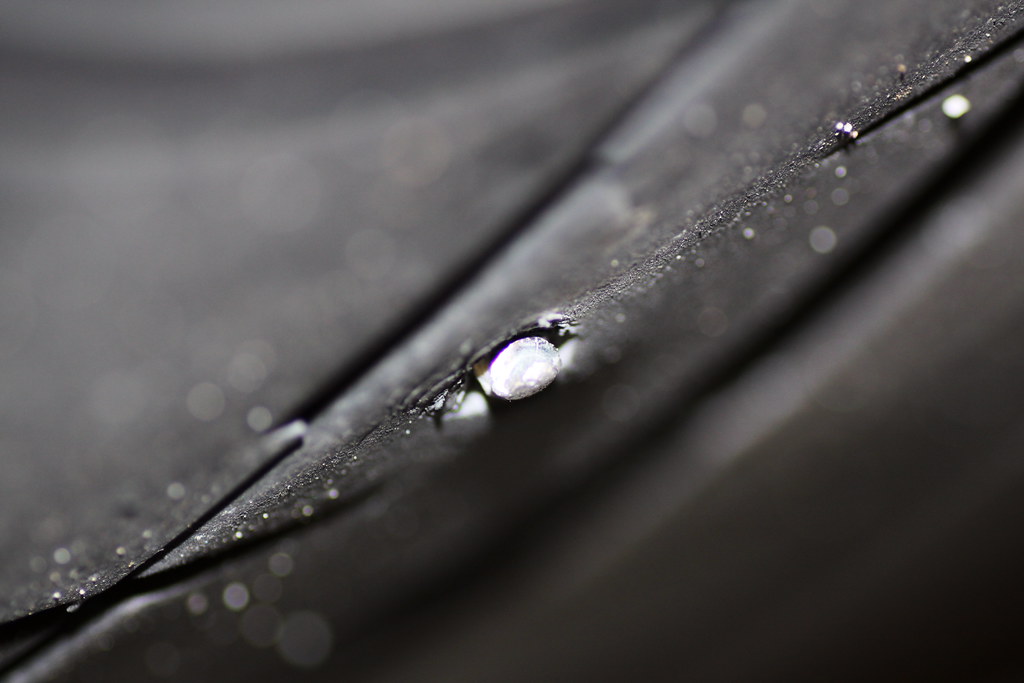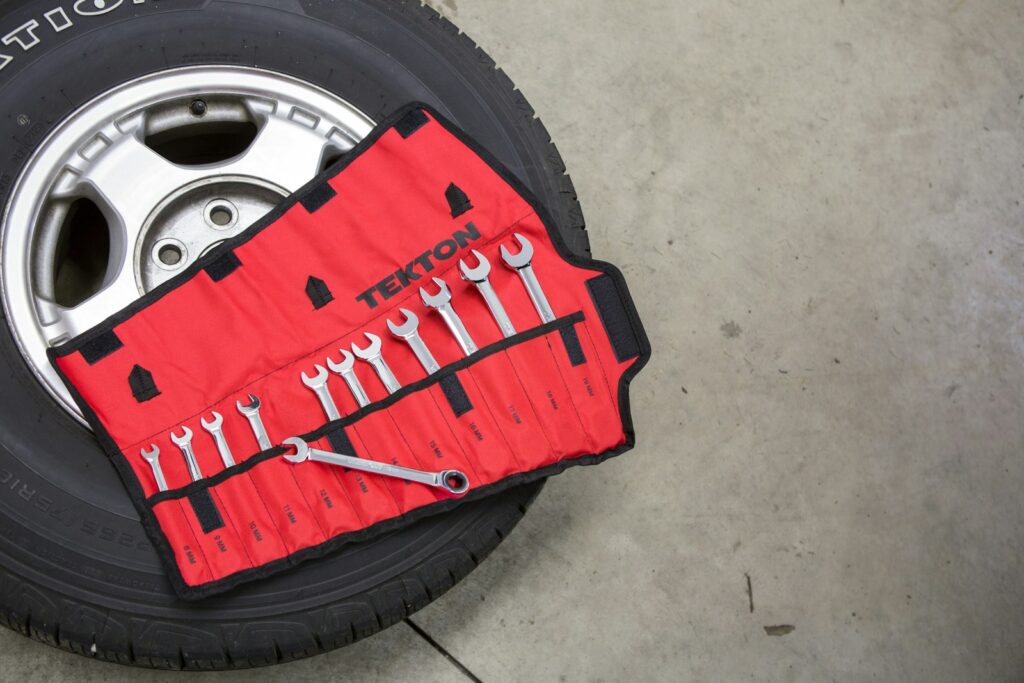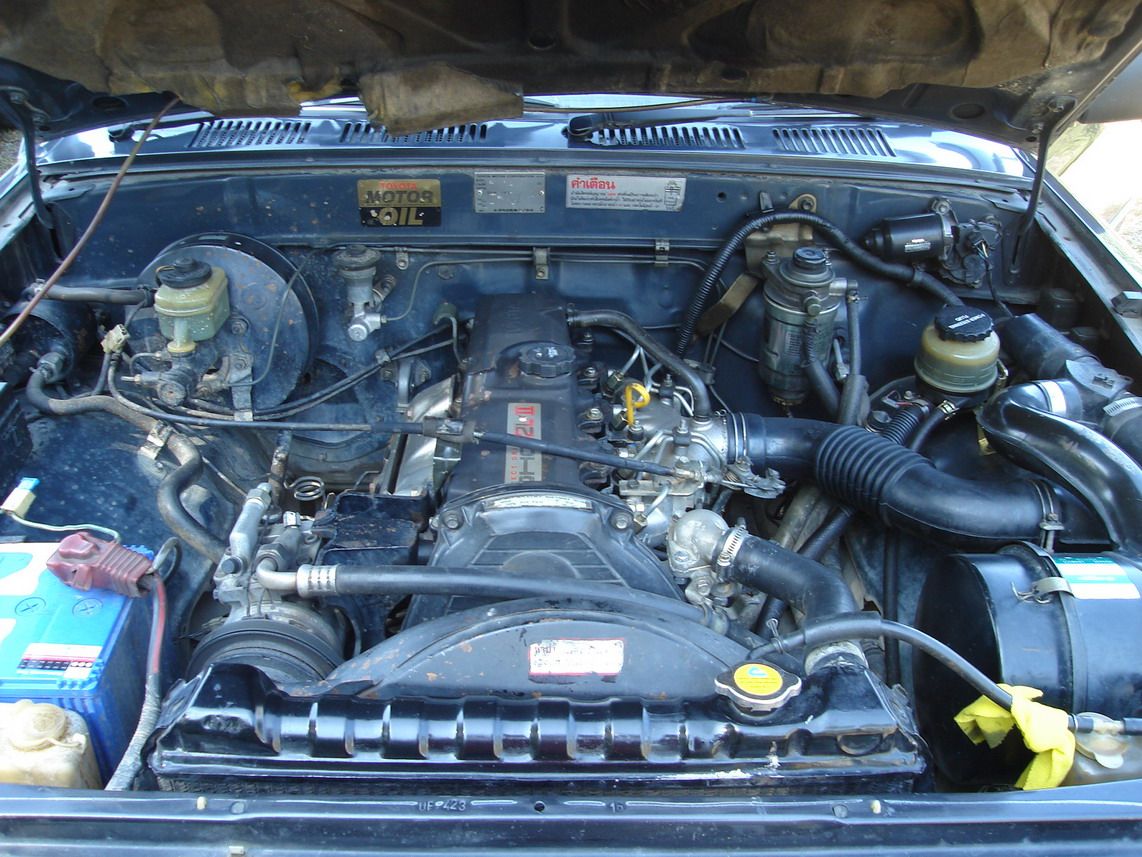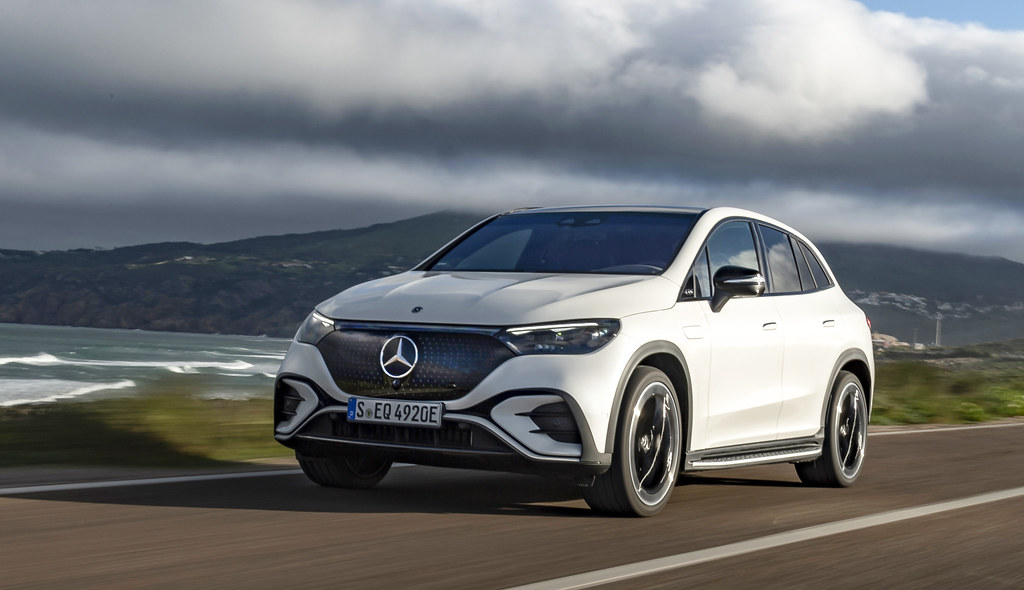
Picture this: you’re cruising along, music up, enjoying the drive, when suddenly, a dreaded ‘thump-thump-thump’ signals a flat tire, or your engine sputters and dies, leaving you stranded on a quiet stretch of road. It’s a scenario no one ever plans for, yet it happens every single day to countless drivers who might have thought they were prepared but weren’t quite ready for the unexpected.
Roadside emergencies haven’t vanished in our modern era; instead, they’ve evolved. In 2024 alone, AAA responded to approximately 31 million roadside calls, with common culprits like dead batteries, flat tires, and lockouts topping the list. Whether you drive a traditional gas-powered car, a hybrid, or an electric vehicle, the reality of a breakdown remains a constant. Being prepared isn’t just about convenience; it’s about safety, peace of mind, and the ability to turn a panic-inducing moment into a manageable pause until help arrives, or better yet, to fix the issue yourself.
Building a comprehensive car emergency kit is a practical, actionable step every driver can take to mitigate risks and gain confidence on the road. We’ve compiled a list of 15 essential items that form a robust roadside arsenal, focusing on tools that solve common problems, keep you safe, and ensure you’re equipped for nearly any situation. Let’s dive into the first eight indispensable items that should be at the core of your vehicle’s preparedness strategy.
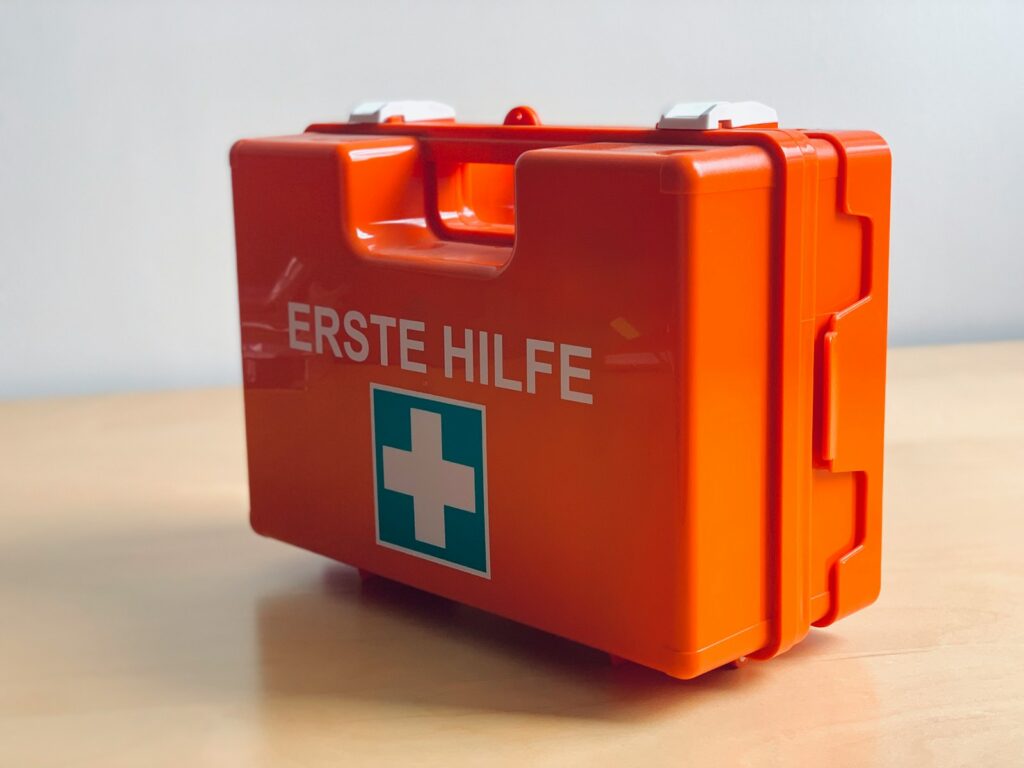
1. **First Aid Kit**A first aid kit is, without a doubt, one of the most critical items to include in any emergency kit, and your car is absolutely no exception. When accidents happen, having the immediate ability to manage injuries on the spot can be truly lifesaving, whether it’s a minor cut or something far more serious. It’s about being ready for the human element of an emergency, not just the mechanical.
The context emphasizes that a comprehensive first aid kit should include all the essential supplies to treat most common injuries, ranging from cuts, scrapes, swelling, sprains, and strains. Specifically, you should consider purchasing a ready-made car first aid kit or gathering key essentials yourself. These include adhesive bandages, elastic bandages, antibiotic ointment, antiseptic wipes, cotton swabs, sterile gauze pads, hydrocortisone cream, an instant cold pack, latex or nitrile gloves, pain relievers, scissors, and tweezers.
Several Red Cross approved options are available, such as the “Be Red Cross Ready First Aid Kit (73 pieces)” which is highlighted as including “all the essential first aid supplies to treat most common injuries, including cuts, scrapes, swelling, sprains, strains, and more.” This foresight allows you to handle immediate medical needs for yourself or others you might encounter, making your kit a tool for community assistance as well.
Read more about: Don’t Get Trapped: The 13 Essential Questions to Ask Before Signing Any Contract
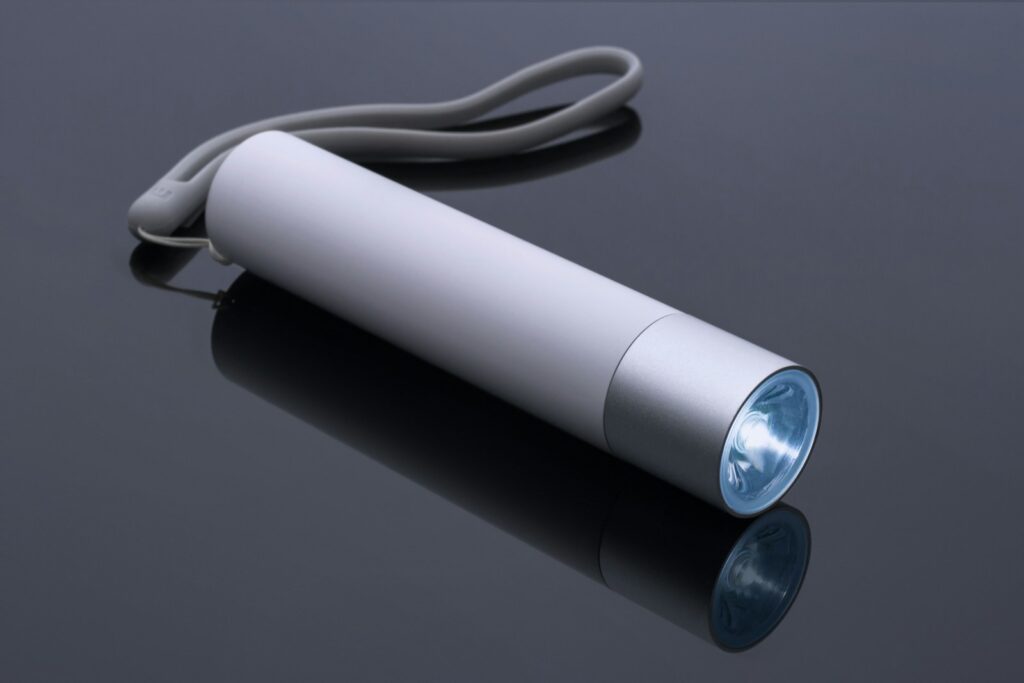
2. **Flashlight and Extra Batteries**When you’re stuck on the side of the road, especially after dusk or in inclement weather, visibility becomes paramount. An emergency flashlight is not just for helping you see what you’re doing; it significantly increases your presence to other drivers, thereby enhancing your safety. It can also serve as a crucial signaling device if you need to attract attention for help.
Choosing the right flashlight is important. The context advises selecting one with a long battery life to ensure it won’t die on you when you need it most. And, crucially, always keep spare batteries in your car emergency kit. This simple step can prevent the frustration of a dead light when you’re trying to diagnose an issue or change a tire in the dark.
The context mentions specific products like the “Blackout Buddy Color Emergency Flashlight and Nightlight,” an “AlwaysEmergency LED blackout flashlight with nightlight, motion sensor light, rechargeable.” Another innovative option is the “Hand Crank Flashlight and Smartphone Charger,” which is a “crank-powered, clip-on flashlight, and smartphone charger… that will make sure you always have light and power in an emergency situation – with no batteries required.” This highlights the dual utility and self-sufficiency aspects of modern emergency lighting.
Read more about: Roadside Ready: 14 Essential Tools Every Driver Needs in Their Trunk for Unexpected Emergencies

3. **Emergency Radios**Staying informed during a roadside emergency can be just as critical as having the right tools to fix your vehicle. Emergency radios provide a vital link to the outside world, allowing you to stay updated on emergency alerts, severe weather warnings, and crucial instructions from authorities. This connectivity is especially important when traditional communication channels like cell service might be down or unreliable.
These radios ensure you’re not left in the dark about unfolding events that could affect your safety or travel plans. Knowing about a severe storm approaching or a road closure ahead can inform your decisions and help you stay out of further harm’s way. It’s a passive but powerful tool for preparedness, keeping you one step ahead when conditions are uncertain.
One example provided is the “Emergency Hand Crank Weather Alert Radio with LED Flashlight.” This versatile device is designed to receive “AM/FM and weather bands,” can “charge your smartphone via a USB cord,” and also “works as an emergency LED flashlight.” This type of multi-functional tool maximizes utility while minimizing space, a common theme in effective emergency kits.
Read more about: Roadside Ready: 14 Essential Tools Every Driver Needs in Their Trunk for Unexpected Emergencies
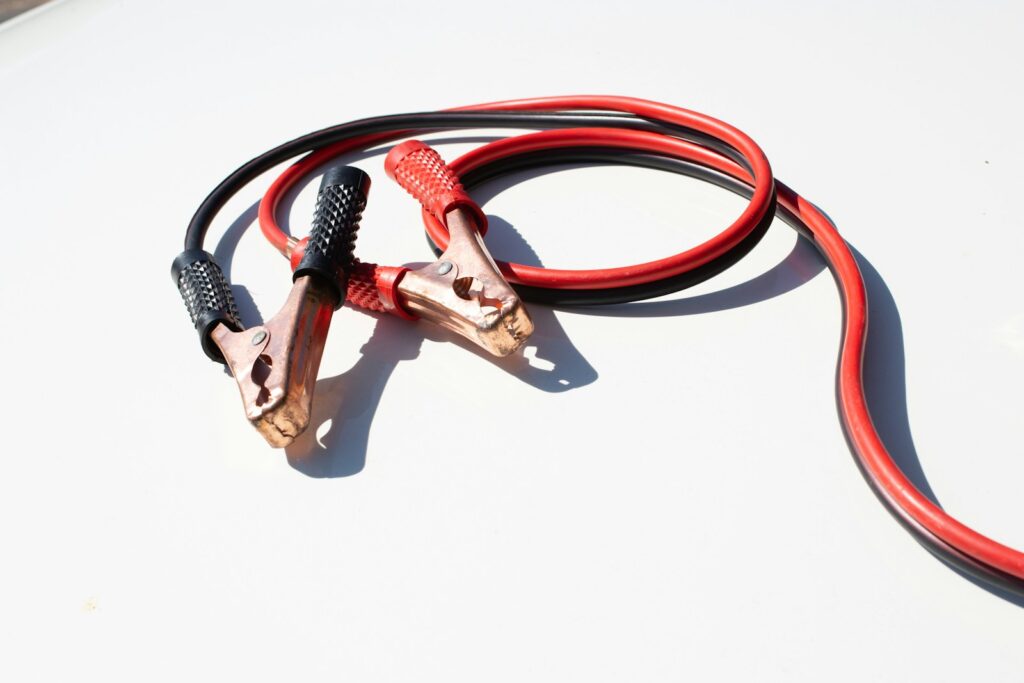
4. **Jumper Cables**A dead battery is one of the most common and frustrating vehicle-related emergencies, often striking at the most inconvenient times. Fortunately, a good set of jumper cables can get you back on the road quickly, particularly if you can flag down a passing motorist or arrange for a tow service to provide a jump. It’s a classic solution for a classic problem.
When selecting jumper cables, the context emphasizes two key factors: length and thickness. Cables need to be long enough for most scenarios, allowing you to easily connect to a Good Samaritan’s battery without having to maneuver cars into awkward positions. They also need to be thick enough, or of sufficient gauge, to carry adequate current to jump-start most vehicles, including larger trucks and SUVs.
The “Lifeline AAA Heavy Duty 16-foot 6 Gauge Booster Cables” are highlighted as a top pick, noted for being “long and durable enough for any situation, with a current rating that can handle SUVs.” With a “400-amp current rating,” these cables are robust. The clamps are particularly praised for being “especially easy to use and well designed and constructed,” securely gripping terminals on various battery types, and even including an extension for side-terminal batteries. A handy diagram is also included for those unfamiliar with the process, reinforcing the practical, actionable nature of preparedness.
Read more about: Roadside Ready: 14 Essential Tools Every Driver Needs in Their Trunk for Unexpected Emergencies
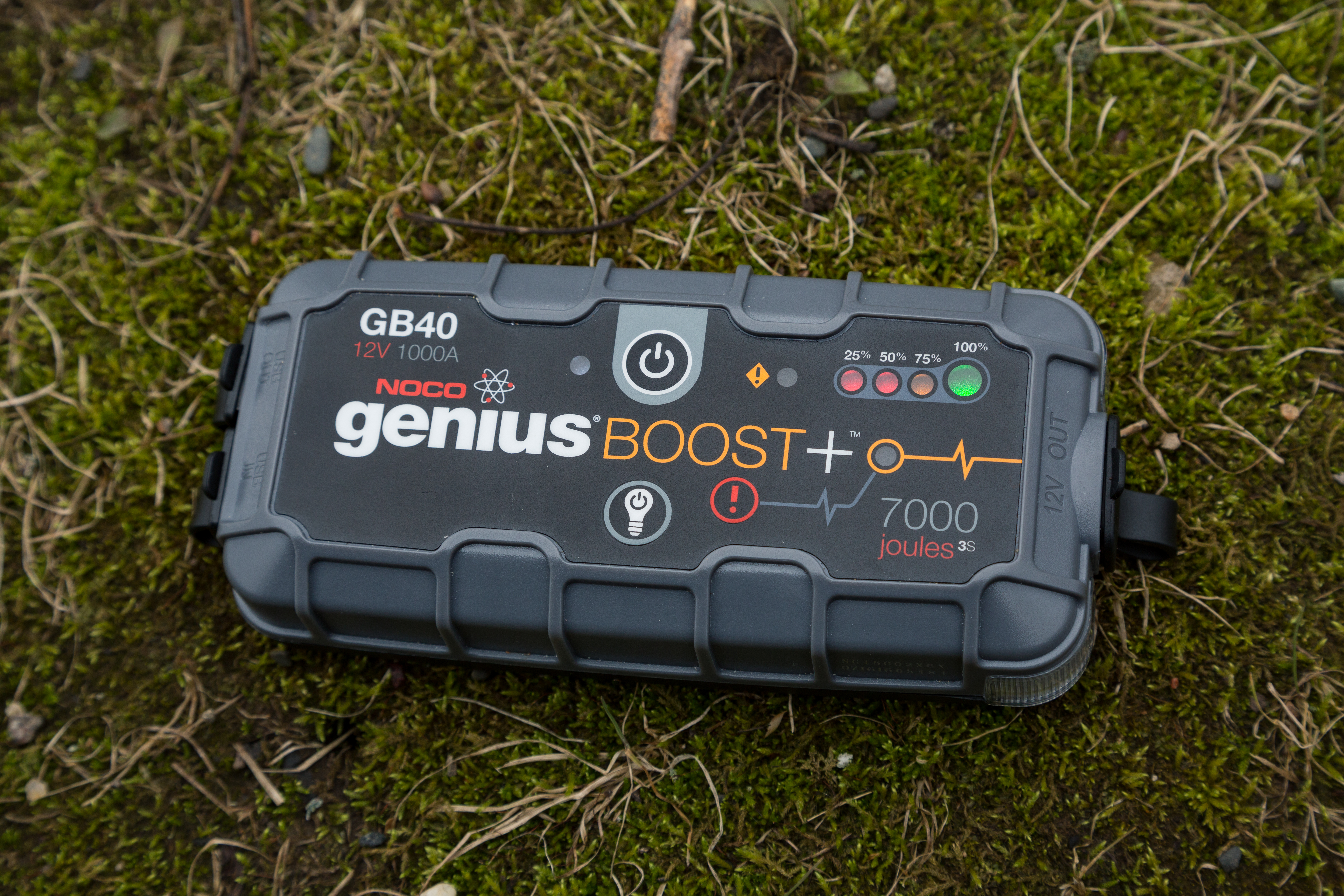
5. **Portable Jump Starter**While traditional jumper cables are highly effective when another vehicle is available, a portable jump starter offers an incredible level of self-sufficiency. This device is essentially a lightweight, self-contained battery pack attached to jumper cables, designed to start your car without the need for another vehicle. This makes it an ideal solution if you find yourself alone, in a remote area, or simply prefer not to rely on others.
Portable jump starters are often considered easier, safer, and less intimidating than using old-fashioned jumper cables connected to another car. The context highlights the “Weego Jump Starter 44s” as a staff favorite, praised for its “right safety features and contains enough juice in a small package to start most cars and SUVs.” Its compact size, similar to a cell phone, makes it convenient for storage in most glove boxes.
Safety features are a major benefit; if you incorrectly attach the unit, its reverse-polarity protection feature activates, issuing a red light and an alarm. The Weego 44s is rated for a wide range of vehicles, including gas engines up to 7 liters and diesel engines up to 3.5 liters, making it suitable for nearly any passenger vehicle. It also holds a charge for over a year, though periodic topping off is recommended, and can provide multiple jumps before needing a recharge itself. However, it’s crucial to be aware of the caveats with lithium-ion batteries regarding extreme temperatures, as they can cause permanent damage and reduce starting power in cold climates.
Read more about: Roadside Ready: 14 Essential Tools Every Driver Needs in Their Trunk for Unexpected Emergencies
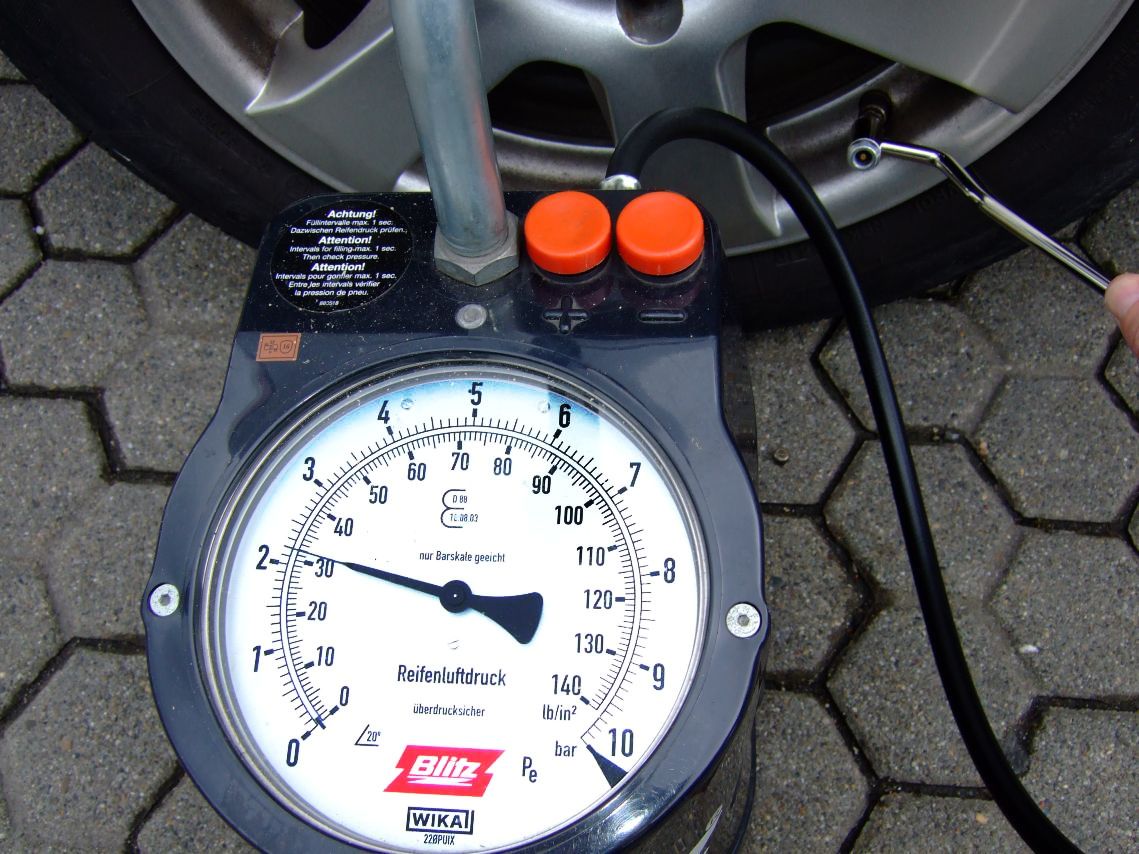
6. **Tire-pressure Gauge**Prevention is often the best form of preparedness, and maintaining proper tire pressure is a prime example. Underinflated tires can quietly lead to a cascade of problems: they can cost you fuel economy (1 mpg or more), hasten tire wear, and most importantly, make your car’s handling unpredictable and dangerous. This risk “creeps up on you, unnoticed” and can culminate in a sudden flat tire or blowout, particularly if you have to swerve unexpectedly.
Regularly checking your tire pressure, including your spare, at least once a month, is a simple yet effective preventative measure. A good tire-pressure gauge transforms this task into a quick and easy routine. The context specifically recommends the “Accu-Gage 60 PSI” for regular checks, noting its accuracy, durability, and the significant advantage of not requiring a battery or recharging, unlike digital alternatives.
The Accu-Gage is available in various configurations, with a preferred version featuring a hose attachment and straight chuck for ease of use, and a removable rubber bumper for added durability. This tool isn’t just for emergencies; it’s a daily driver’s friend that helps maintain safety, fuel efficiency, and extends the life of your tires, averting potential roadside incidents before they even begin.
Read more about: Navigating the Tire Market: 15 Essential Tips to Secure the Best Price and Maximize Value for Your Next Set of Tires
7. **Tire Repair Kit, Inflator, and Sealant**A flat tire is arguably one of the most common and disruptive roadside nuisances. While a spare tire is ideal, many situations call for a quicker or temporary fix, or you might not have a spare at all. This is where a combination of a tire repair kit, a portable tire inflator, and foam tire sealant becomes invaluable, offering a multi-pronged approach to getting you back on the road.
A tire repair kit, which typically includes patching tools and sealant, can help you temporarily fix an issue like a nail puncture. The context specifically mentions “Fix-A-Flat” as an ubiquitous and effective aerosol sealant. This “sealant-in-a-can isn’t a permanent fix for a flat tire, but it may help get you to the nearest service station.” It dispenses a mix of sealant and air to inflate your tire, providing a quick way out of a jam. It’s crucial to remember that it won’t fully inflate the tire, so you should top it off with air from another source as soon as possible and limit driving to under 100 miles before getting a permanent repair or replacement.
Complementing this, a portable tire inflator is essential for topping off tires after using sealant, or simply for correcting slowly deflating tires due to temperature drops or normal seepage. The “Viair 84P” is recommended as a “flexible model for both standard and large tire sizes,” plugging into your car’s 12-volt outlet for convenient use on the road. Its stronger motor ensures quicker performance, and its handy carrying case makes it easy to stow, allowing you to maintain proper tire pressure and avoid safety risks caused by underinflation.
Read more about: Roadside Ready: 14 Essential Tools Every Driver Needs in Their Trunk for Unexpected Emergencies
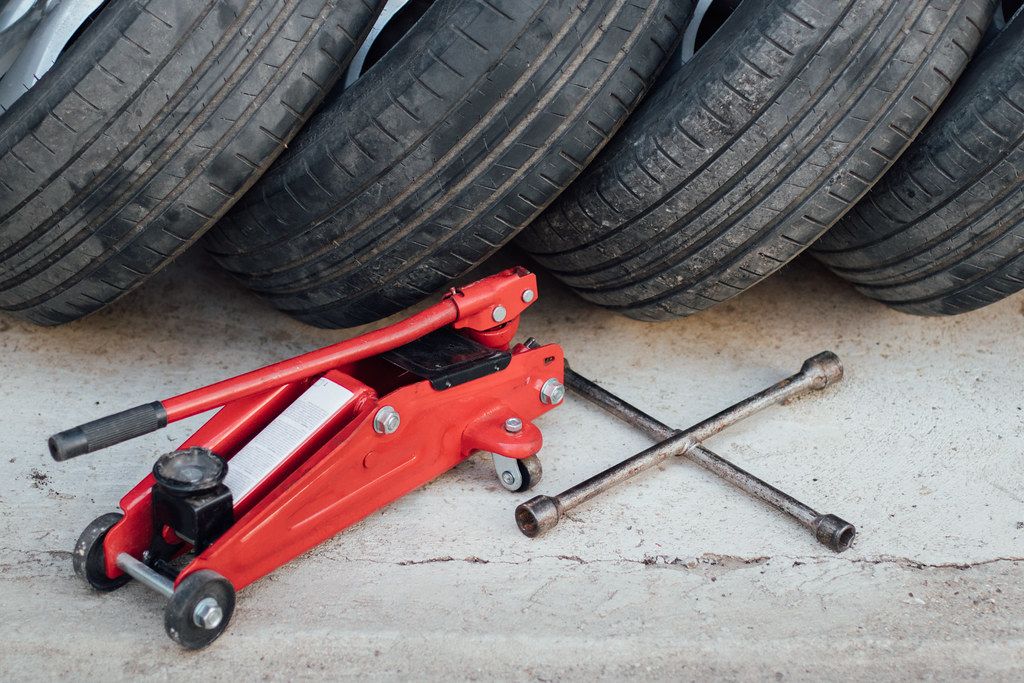
8. **Lug Wrench**If you find yourself with a flat tire that requires changing, the struggle of removing stubborn lug nuts with the flimsy wrench typically included with most cars can turn a bad situation into a truly frustrating one. Lug nuts, especially if rusted or overtightened by an air wrench, can be nearly impossible to budge, leaving you stranded even with a spare tire at hand. This is where a superior lug wrench proves its worth.
The context points to the “Gorilla Automotive 1721 Telescoping Power Wrench” as a significantly better option. Made of hardened steel, its standout feature is a telescoping handle that extends to a generous 22 inches. This extended length provides crucial leverage, which “can make the difference between being stranded and getting yourself back on the road.” When not in use, it shrinks to a compact 14 inches for easy storage.
The Gorilla wrench is also versatile, featuring two double-edged, ½-inch-drive sockets designed to fit all four common lug-nut sizes, and it comes with a handy storage bag to keep everything organized. It’s important to remember to also carry a flathead screwdriver if your car has hubcaps that need to be removed. This robust tool transforms a daunting task into a manageable one, ensuring you can complete a tire change safely and efficiently.
Navigating the open road often brings unforeseen challenges, and while the first set of tools focuses on immediate mechanical fixes, true preparedness extends much further. Our journey now takes us beyond basic breakdowns, delving into essential items for extended survival, robust communication, and specialized situations. These next seven tools ensure comprehensive preparedness, empowering you to handle nearly any roadside emergency with confidence and calm. From ensuring your personal well-being to enhancing your ability to signal for help, these items form the critical backbone of a truly comprehensive roadside emergency kit.
Read more about: Navigating the Tire Market: 15 Essential Tips to Secure the Best Price and Maximize Value for Your Next Set of Tires
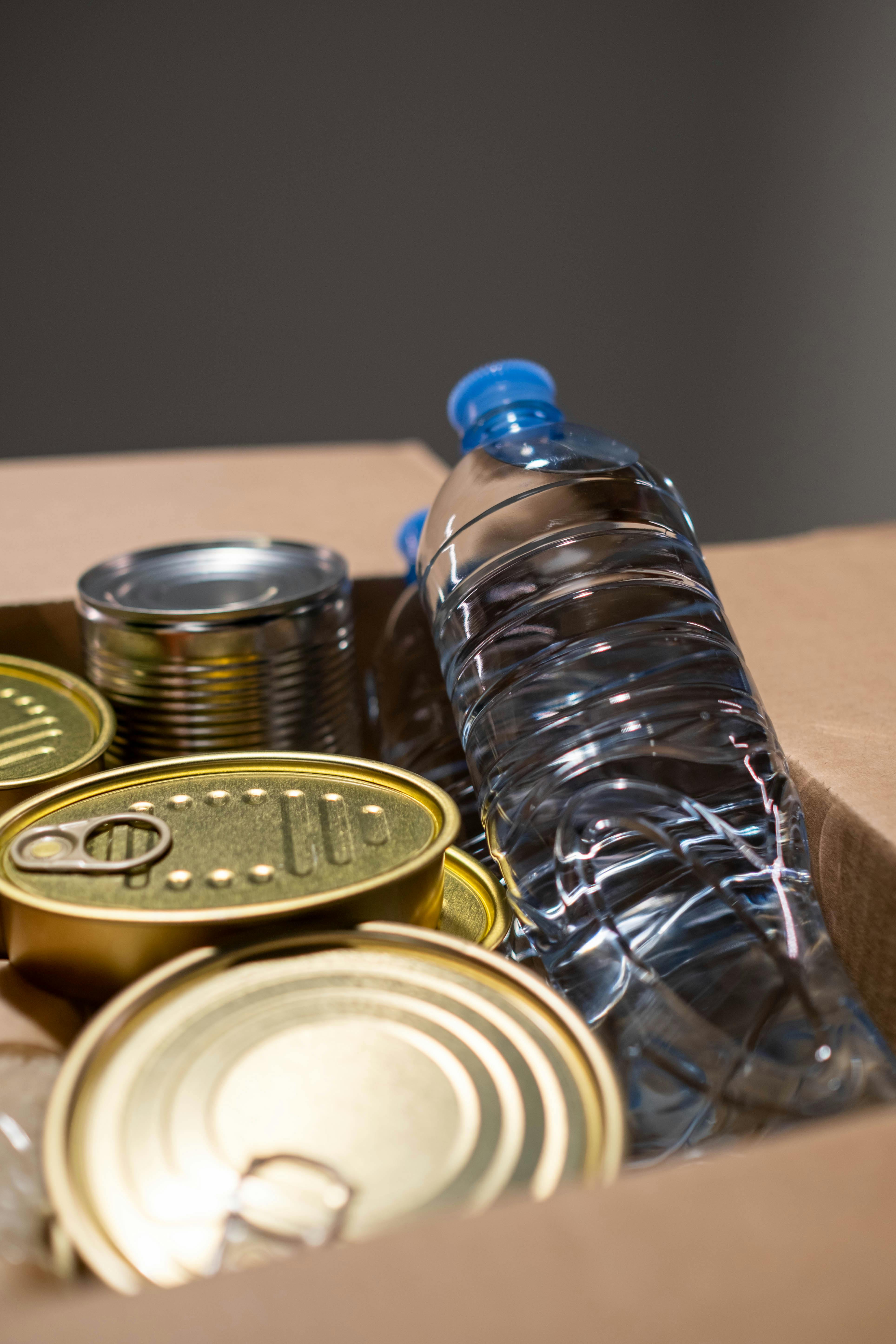
9. **Water and Non-Perishable Food**If you find yourself stranded for an extended period, having access to clean drinking water and sustenance becomes absolutely critical. It’s not just about comfort; it’s about fundamental survival, especially in unexpected situations where help might be delayed due to severe weather, remote locations, or other unforeseen circumstances. Ensuring you have these basics can make a world of difference between a stressful wait and a potentially dangerous ordeal.
The guidance suggests storing at least one gallon of water per person for every 24 hours you might be stranded. This ample supply is vital for hydration and can even be used for minor hygiene needs if absolutely necessary. Pairing this with non-perishable, high-energy snacks is a smart move, as these foods provide essential nourishment without spoilage concerns, even over long periods in varying temperatures.
Think granola bars, trail mix, or even canned goods, all chosen for their longevity, caloric density, and ease of consumption without needing cooking. These items are compact, easy to store, and can keep your energy levels up during prolonged waits. Remember, preparedness often means thinking beyond the immediate fix and planning for longer durations when you’re truly isolated, ensuring your body has the energy it needs.
Read more about: Roadside Ready: 14 Essential Tools Every Driver Needs in Their Trunk for Unexpected Emergencies

10. **Blankets and Warm Clothing**Encountering an extended roadside stop during cold or winter conditions demands immediate attention to staying warm. The interior of a car can quickly lose its heat once the engine is off, turning a minor inconvenience into a serious health risk if temperatures drop significantly. This is especially true if your vehicle is no longer running and its heating system is inoperable, leaving you exposed to the elements.
To combat the cold, it’s highly recommended to pack blankets, extra clothing layers, and even hand warmers. These items are crucial for maintaining your body heat and preventing hypothermia, a serious concern in frigid environments. Multiple layers are always better than one thick item, as they trap warmth more effectively and can be adjusted as needed, allowing for better temperature regulation.
For those who reside in or frequently travel through areas prone to severe winter storms, a deeper level of preparation is warranted. In such cases, you might want to specifically include supplies tailored explicitly to cold-weather survival, perhaps even an emergency Mylar sleeping bag or Mylar blanket, which are designed to retain body heat very efficiently. This foresight ensures you’re ready for the harshest conditions and prolonged exposure.
Read more about: Roadside Ready: 14 Essential Tools Every Driver Needs in Their Trunk for Unexpected Emergencies

11. **Road Flares or Reflective Triangles**When your car is disabled on the side of the road, particularly in low-light conditions or at night, visibility is your first line of defense against further accidents. You need to alert other drivers to your presence to protect yourself, your passengers, and anyone assisting you. This is where road flares or reflective warning triangles become indispensable components of your emergency preparedness.
These signaling devices are specifically designed to make your vehicle noticeable from a significant distance, giving approaching motorists ample time to react and maneuver safely around your position. Whether it’s the bright, burning light of a flare or the distinct shape and highly reflective properties of a warning triangle, their primary purpose is to clearly mark your vehicle as an obstruction, preventing tragic follow-up incidents.
It’s crucial to understand the proper deployment of these items. You should strategically place them behind your vehicle, following any local safety guidelines regarding distance, to create a safe buffer zone for yourself and to give other drivers maximum warning. The context explicitly states these tools “can help alert other motorists to your presence, reducing the risk of an accident.” This simple action can be a literal lifesaver, transforming a potentially dangerous roadside stop into a clearly marked and safer zone.
Moreover, these tools serve a dual purpose. Beyond alerting other motorists, they can also signal for help if you are in a remote area, attracting the attention of passersby or emergency services. Their highly visible nature ensures that even in adverse weather conditions like fog or heavy rain, your disabled vehicle doesn’t go unnoticed, thereby significantly enhancing your overall safety profile on the road.
Read more about: Roadside Ready: 14 Essential Tools Every Driver Needs in Their Trunk for Unexpected Emergencies

12. **Shovel and Sand**Getting your vehicle stuck in unexpected soft ground – be it snow, mud, or sand – can be a deeply frustrating and isolating experience. Even a minor deviation from solid pavement can leave your tires spinning uselessly, further embedding your vehicle and turning a quick stop into a prolonged ordeal. This is precisely when a small, robust shovel earns its place in your emergency kit.
A compact shovel provides the means to clear away obstructions, dig out tires, or create a path to solid ground. It’s a physical tool that empowers you to take direct action, rather than waiting helplessly for assistance. Beyond digging, a bag of sand or even cat litter can be a game-changer for providing immediate traction when your tires simply can’t find purchase.
When placed strategically under the drive wheels, sand offers the necessary grip for tires to catch and pull the vehicle free from slippery conditions. This added friction can often be the difference between remaining immobilized and successfully navigating out of a difficult spot. The context notes, “Sand can provide traction to help your tires get unstuck during slippery conditions.”
This clever combination of digging and traction material can often resolve situations that would otherwise require a tow truck or specialized recovery services, saving you significant time, money, and stress. It’s a low-cost, high-impact solution for a common and vexing problem, especially in regions prone to challenging ground conditions.
Read more about: Roadside Ready: 14 Essential Tools Every Driver Needs in Their Trunk for Unexpected Emergencies
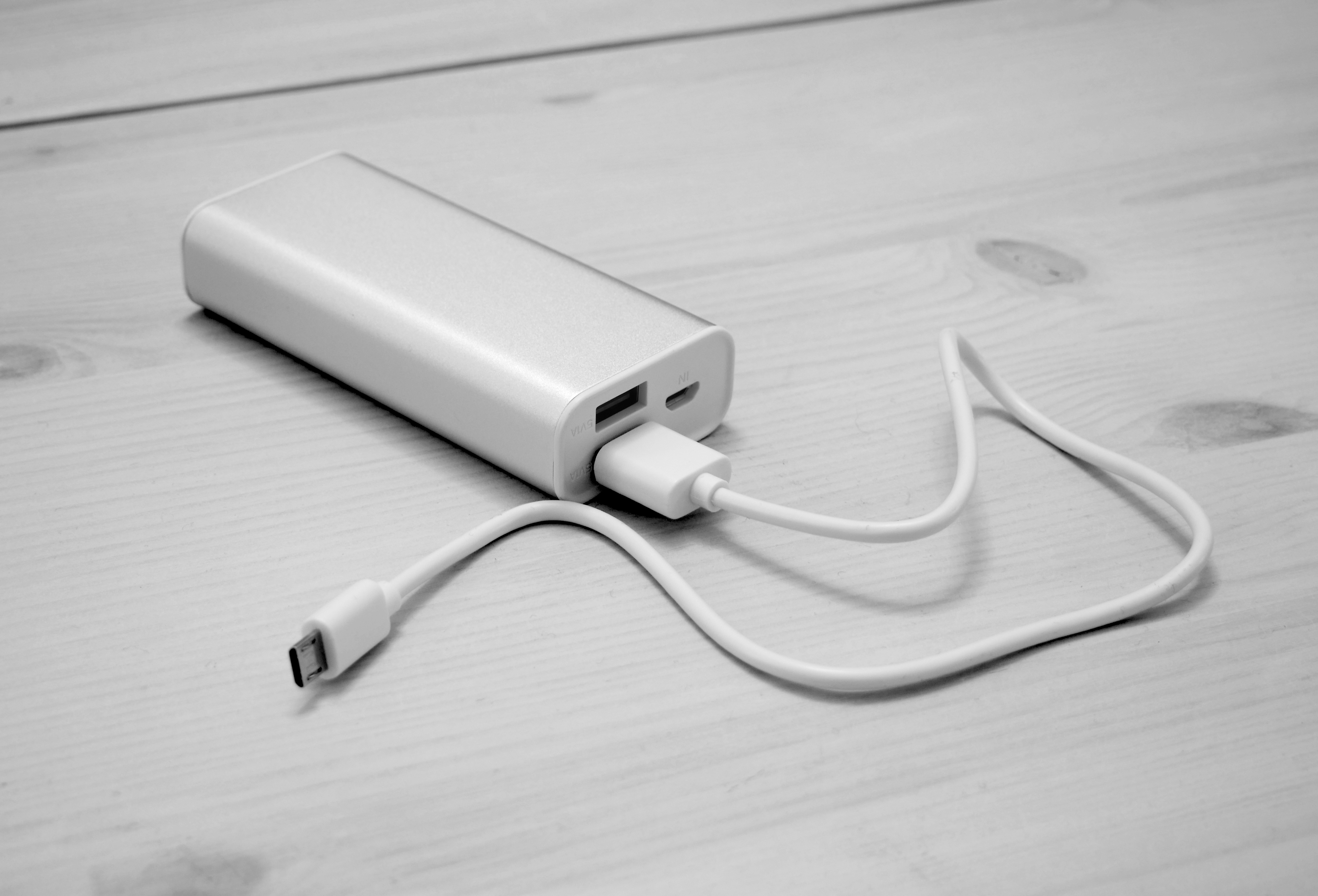
13. **Portable Power Bank**In today’s interconnected world, a fully charged cell phone is often your lifeline to emergency services, roadside assistance, or loved ones. However, a roadside emergency often coincides with a drained car battery, rendering your vehicle’s charging ports useless and cutting off your primary means of communication. This is where a portable power bank steps in as a truly essential item.
A power bank ensures that your smartphone or other crucial electronic devices remain functional, even when your car’s electrical system is completely offline. It acts as an independent power source, allowing you to make calls, send texts, or access important information without relying on your vehicle’s power, keeping you connected during a crisis.
Many power banks are designed to provide multiple charges for your phone, offering sustained communication capability during prolonged waits. Having this backup power means you can confidently contact help and stay updated on your situation, turning a potentially helpless scenario into a manageable one. The ability to charge devices is often overlooked until it’s critically needed, proving its worth in countless situations.
Read more about: 14 Ingenious Medieval Inventions That Still Power Our Modern Lives
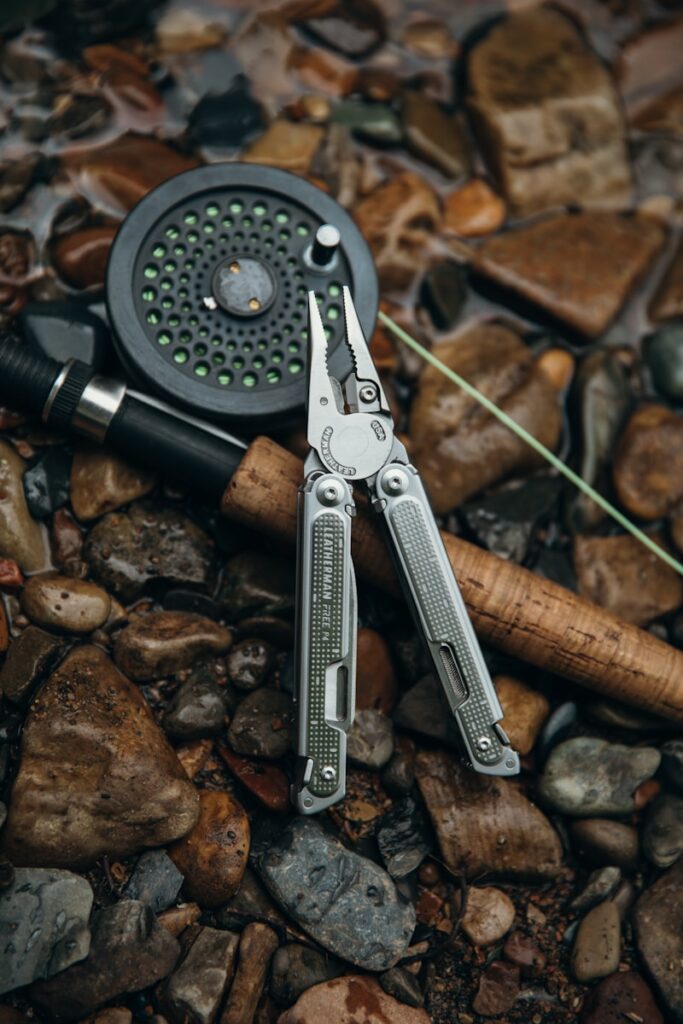
14. **Multi-tool**A high-quality multi-tool is the epitome of efficiency and versatility in an emergency kit, truly embodying the “Lifehacker” principle of solving multiple problems with a single device. Instead of cluttering your car with a collection of individual screwdrivers, pliers, and knives, a single, well-chosen multi-tool consolidates these essential functions into a compact, easily accessible unit, making it a powerful asset for any driver.
The utility of a multi-tool extends to countless scenarios, both in and out of a direct vehicle emergency, making it a must-have for unexpected challenges. Its various integrated functions – typically including scissors, pliers, screwdrivers of different types, and a sharp knife – can prove invaluable for a surprising array of tasks. From tightening a loose screw on a battery terminal that could prevent a breakdown to cutting a stubborn zip tie, or even opening a can of food if you’re stranded for an extended period, its practical uses are incredibly diverse.
The context explicitly highlights its multi-functionality, stating it “can help you in various situations, from cutting a seatbelt to opening a can of food.” This remarkable adaptability makes a multi-tool an indispensable item that punches far above its weight. It allows for quick, on-the-spot adjustments or minor repairs that might otherwise require specialized tools, saving you time and potentially a call for assistance.
Furthermore, its durable construction and ergonomic design, typical of a high-quality multi-tool, ensure it can withstand the rigors of emergency use. It’s not just about having the tools; it’s about having reliable tools that won’t fail when you need them most. Keeping this versatile gadget handy means you’re equipped to handle many small, unexpected issues that arise on the road, truly making you a more self-sufficient driver.
Read more about: Roadside Ready: 14 Essential Tools Every Driver Needs in Their Trunk for Unexpected Emergencies
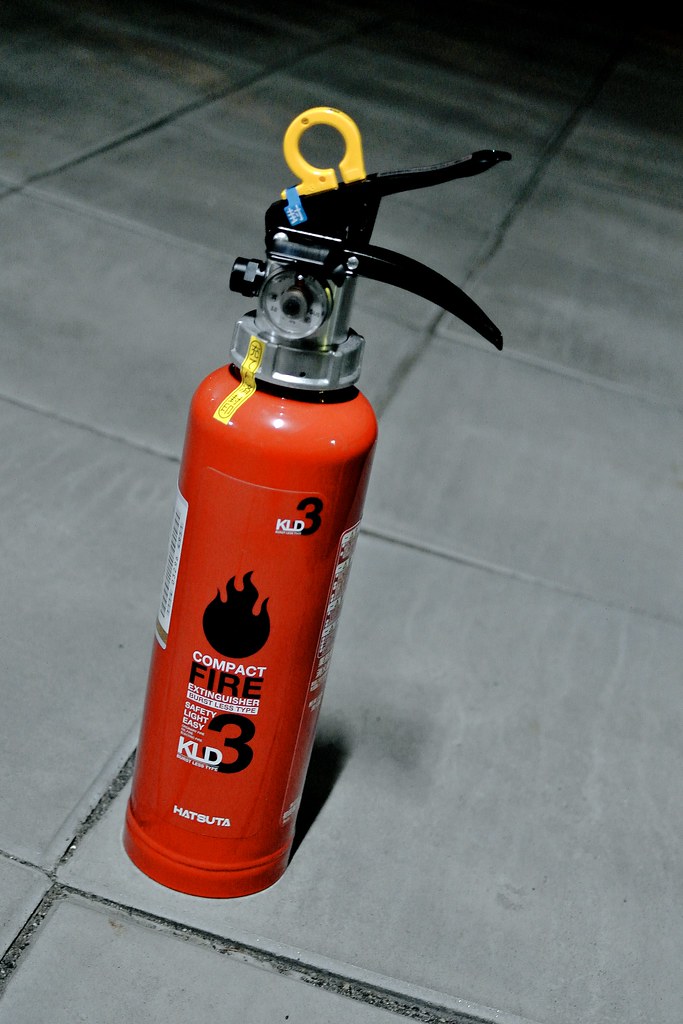
15. **Fire Extinguisher**While not as commonly considered as a first aid kit or jumper cables, a small, car-safe fire extinguisher can be an absolute lifesaver in specific, high-stakes roadside emergencies. Engine fires, electrical shorts, or even a small grass fire ignited by a hot catalytic converter are terrifying scenarios that demand immediate and effective action. Being ready for such an event is a crucial aspect of comprehensive vehicle preparedness.
Having a fire extinguisher within reach provides you with the crucial ability to quickly suppress a small fire before it escalates into something catastrophic. Even a minor flare-up can rapidly spread, leading to extensive vehicle damage or, more importantly, posing a severe threat to yourself and your passengers. A quick response with the right tool can contain the incident and mitigate significant harm.
This proactive measure can prevent irreversible vehicle damage, protect occupants from serious injury, and potentially save your car from becoming a total loss. Selecting a fire extinguisher specifically designed for automotive use is important, as these are typically compact and effective against the types of fires (electrical, fuel-based) most common in vehicles. Make sure it’s easily accessible, not buried under other items in the trunk where it cannot be reached swiftly.
The context emphasizes its potential, noting “A small, car-safe fire extinguisher can be a lifesaver in an engine fire or other fire-related emergency.” Equipping your vehicle with this tool is a smart, actionable step towards comprehensive preparedness, offering profound peace of mind that you’re ready to tackle one of the most destructive and frightening roadside events. It’s a silent guardian that you hope to never use, but are immensely grateful for if the need arises.
Read more about: Roadside Ready: 14 Essential Tools Every Driver Needs in Their Trunk for Unexpected Emergencies
As we’ve explored the diverse array of tools and essentials, from immediate roadside fixes to comprehensive survival gear, it becomes clear that building a robust car emergency kit is more than just a recommendation—it’s a commitment to safety and self-reliance. This layered approach to preparedness, combining basic necessities with helpful gadgets and survival items, empowers you to navigate the unexpected with confidence. Knowing how to use these items and having them readily available truly transforms a potentially panic-inducing breakdown into a manageable pause. So, take these simple, actionable steps today. Outfit your vehicle, maintain your preparedness, and drive confidently, knowing you’re equipped for whatever the road throws your way.

